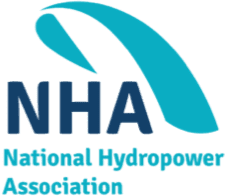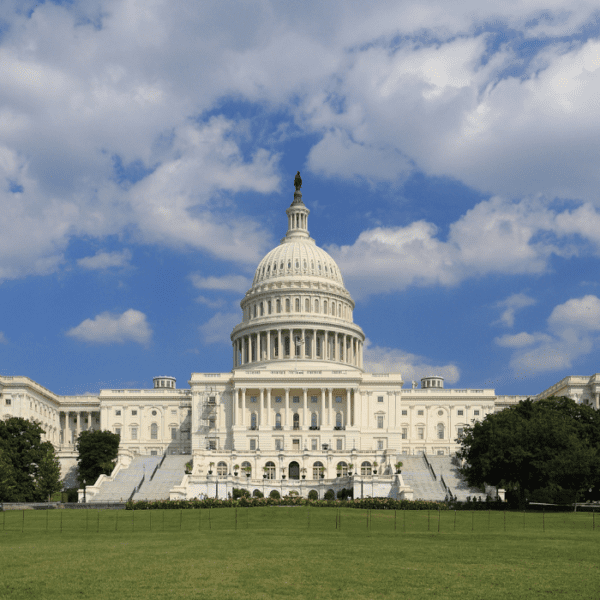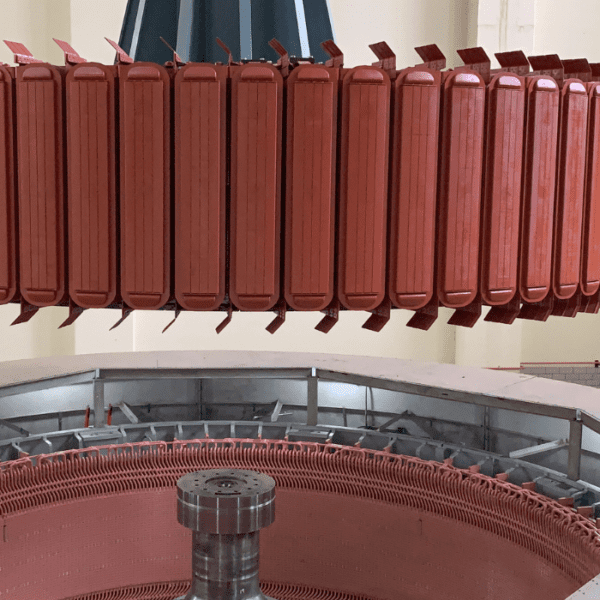On Saturday, December 11, the waterpower industry scored a significant victory, as U.S. Senate Committee on Finance chairman Ron Wyden (D-Oregon) released updated text of the Committee’s title of the reconciliation legislation known as the Build Back Better Act.
Notably, the revisions added several additional tax credits to help preserve and enhance the waterpower industry. Malcolm Woolf, president and CEO of the National Hydropower Association (NHA), characterized the bill as a major step forward for hydropower that will encourage targeted investments for new and existing hydropower.
The association and its members have been consistently calling out the failure to include tax credits to support the existing hydropower fleet in the reconciliation package approved by the House of Representatives.
“The addition of new provisions to preserve and enhance the existing fleet of hydropower facilities in the clean energy tax package is an important recognition by the Democrats that hydropower plays an essential part in a climate solution,” Woolf said. “NHA applauds our many legislative champions, including Senators Ron Wyden and Maria Cantwell, and Representative Annie Kuster, for fighting to ensure that the nation’s second largest source of renewable generation is not left behind as we transition to a clean energy grid.”
The Deep Dive
The revised “Build Back Better” reconciliation package released by Senator Wyden on Saturday, December 11, includes tax credit provisions specifically for waterpower.
Provisions include:
- 30% investment tax credit (ITC) for five years (with direct pay for public power) for “hydropower environmental improvements” at existing hydropower facilities, defined to include investments to improve:
- fish passage
- water quality (such as aerating turbines)
- downstream sediment transport and habitat maintenance
- Full value (up from the previous half credit) production tax credit for building new hydropower at existing dams, marine energy, and other incremental new hydropower, extended for ten years.
These revisions are in addition to the already-included provisions that would provide a 30% ITC for pumped storage and make waterpower eligible for the advanced manufacturing tax credit.
According to NHA’s Woolf, the bill still does not include all of NHA’s aspirations. While the Senate Finance Committee’s updated text provides the 30% ITC for “hydropower environmental improvements,” it would only apply to projects that start construction before January 1, 2027. NHA is pushing to extend that credit to 10 years.
In addition, the proposed tax credits for dam safety, grid resiliency, and dam removal investments are not currently included in the package.
What’s Next?
The Senate Energy and Natural Resources Committee and the Environment and Public Works Committees are expected to release their latest “Build Back Better Act” versions this week.
According to Senate Finance Committee Chair Wyden’s statement, the committee’s updated text, which includes technical and policy changes as well as modifications to ensure compliance with Senate budget rules, is ready to move forward:
“The Finance Committee has made targeted improvements to the Build Back Better Act, and is ready to move forward in this process. Our package is historic. It would create good-paying jobs, lower the cost of raising a family, combat the climate crisis and reduce energy bills, build more affordable housing, and cut health care costs for families and seniors. The package is fully paid for by ensuring profitable mega-corporations and wealthiest Americans pay their fair share. While conversations are continuing, the committee is prepared for bipartisan meetings with the Senate parliamentarian next week.”
The bill moves next to the Senate Parliamentarian and then the Senate floor.
Senate Parliamentarian Elizabeth MacDonough is responsible for vetting the package to ensure each provision has some direct impact on federal spending or revenue.
As the process moves forward, Woolf says NHA continues to champion waterpower as America’s premier carbon-free source of renewable electricity.
“If we fail to leverage every renewable resource, we heighten the risk of failure in our fight against climate change, at a moment when we can’t afford a single step backwards,” said Alicia Barton, CEO of FirstLight Power and co-chair of NHA’s CEO Council, in a recently published Utility Dive article.












